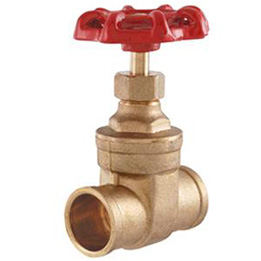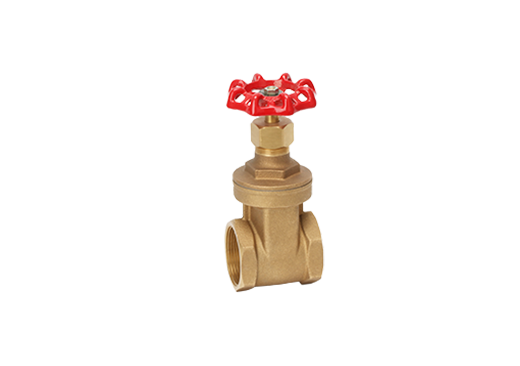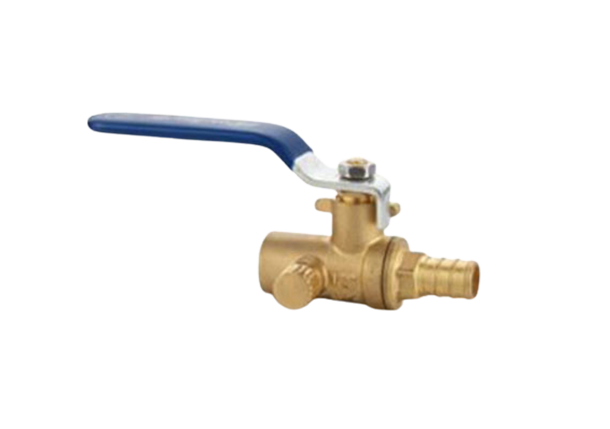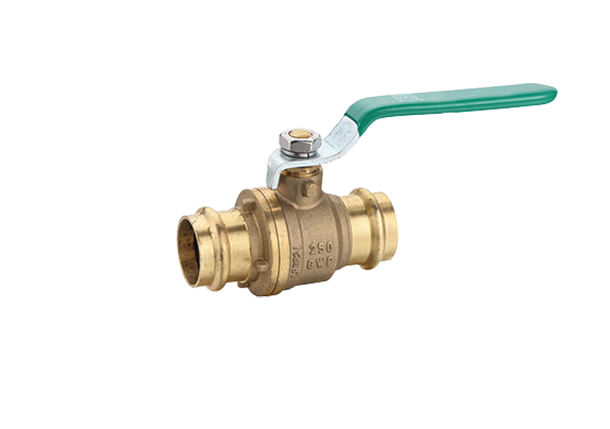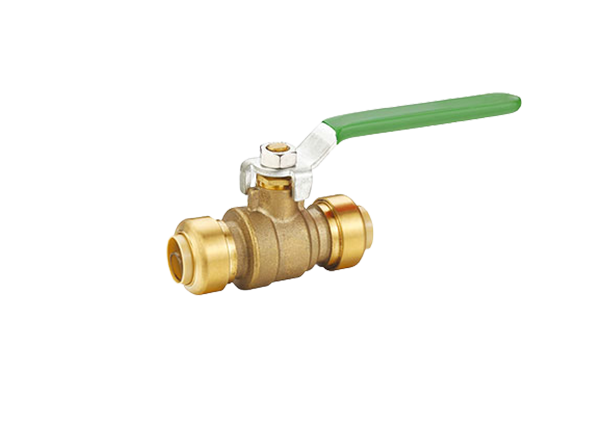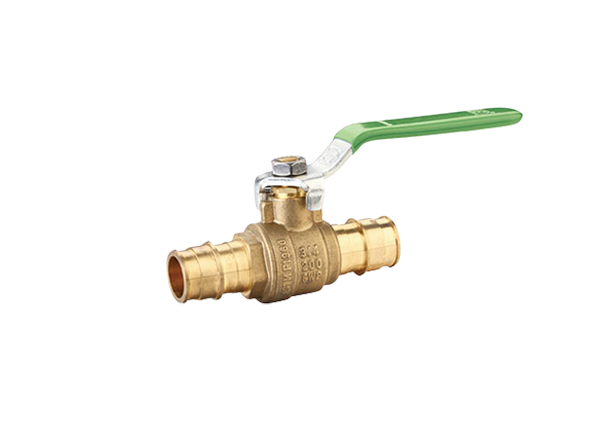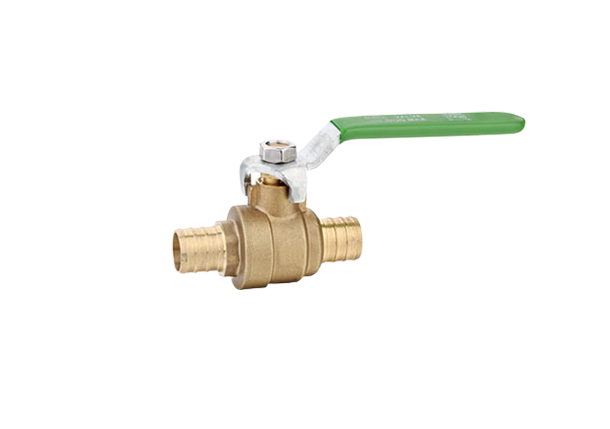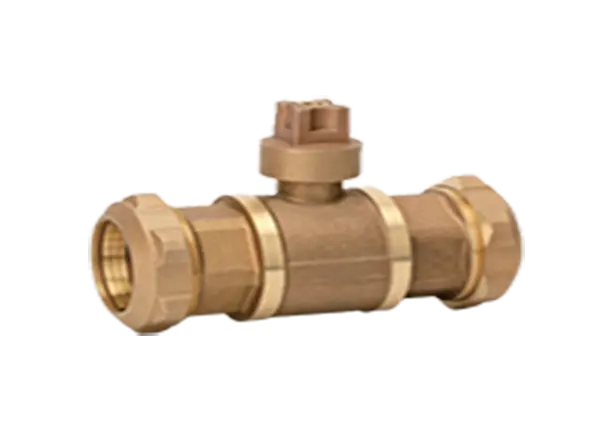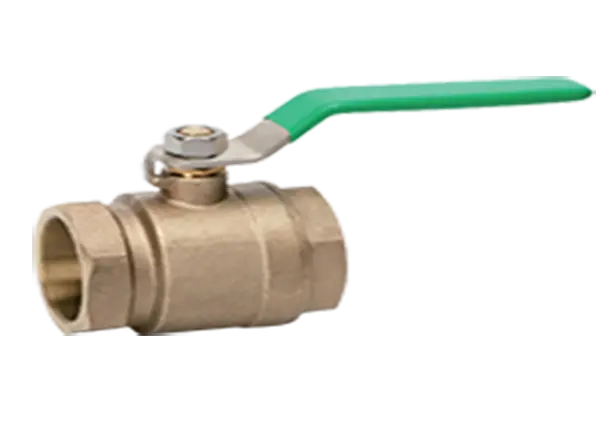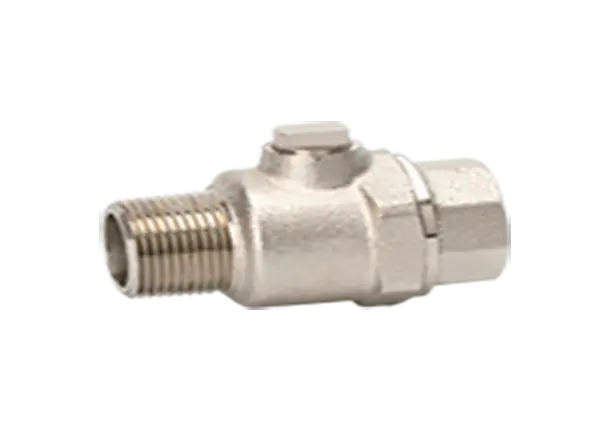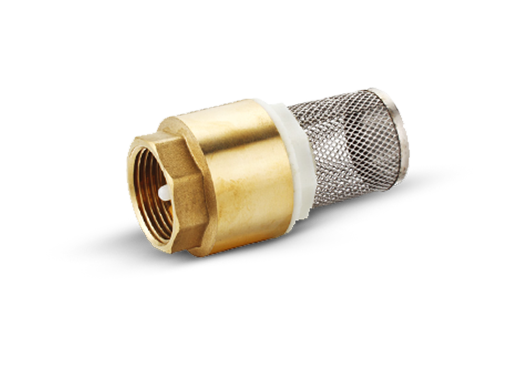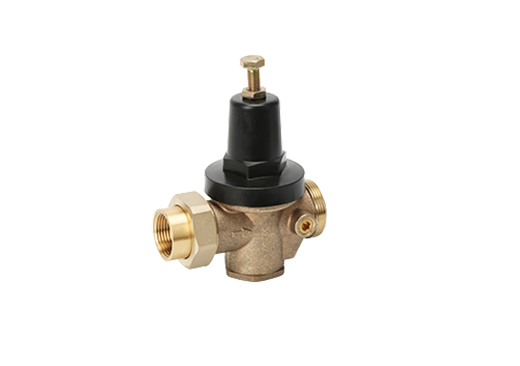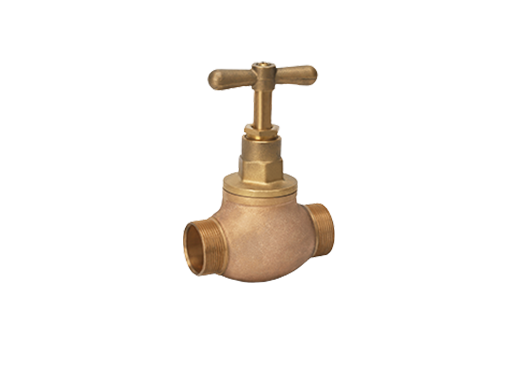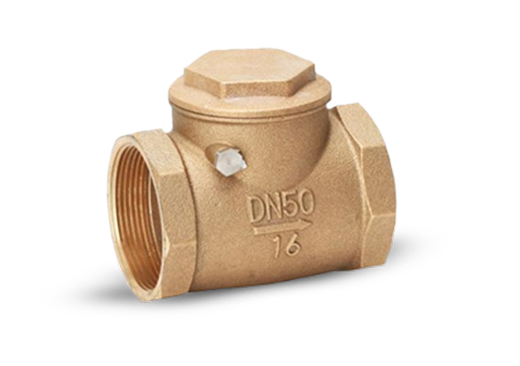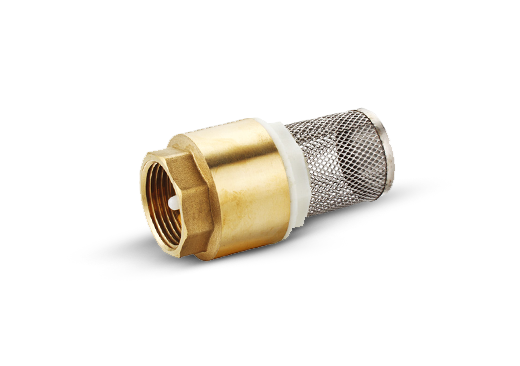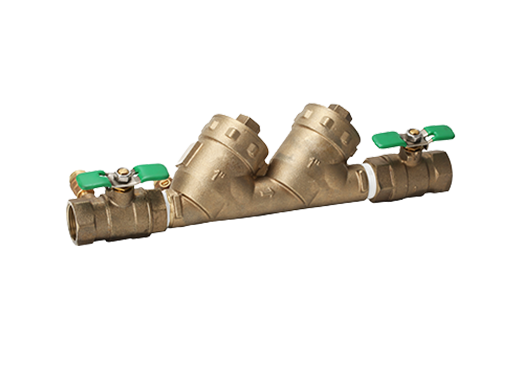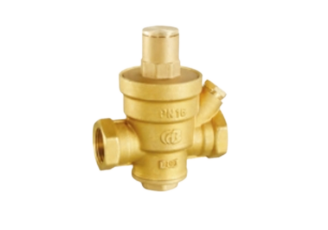How to Classify Types of the Gate Valve?
Gate valve's opening and closing device is the gate, and the movement direction of the gate is perpendicular to the fluid direction. Gate valves can only be fully open or fully closed, and cannot be used for adjustment or throttling. The gate has two sealing surfaces, and the most commonly used mode is the wedge-shaped gate valve, where the wedge-shaped angle varies with the valve parameters and is typically 50, or 2°52' when the medium temperature is not high.
The gate of a wedge-shaped gate valve can be made into a rigid gate or an elastic gate that can produce slight deformation to improve its manufacturability and compensate for deviations in the sealing surface angle during processing.
Types of the gate valve
There are two types of gate valves according to the arrangement of the sealing surface from Carbo bronze gate valve china: wedge-shaped gate valve and parallel gate valve. The wedge-shaped gate valve can be divided into single gate valve, double gate valve, and elastic gate valve. The parallel gate valve can be divided into single gate valve and double gate valve.
According to the position of the valve stem thread, it can be divided into two types: rising stem gate valve and non-rising stem gate valve. When the china gate valve is closed, the sealing surface can be sealed only by relying on the medium pressure, that is, by relying on the medium pressure to press the sealing surface of the gate towards the other side of the valve seat to ensure the sealing of the sealing surface, which is self-sealing. Most gate valves are forcibly sealed, which means that when the valve is closed, external force is required to forcefully press the gate against the valve seat to ensure the sealing of the sealing surface.
Gate plate of the gate valve
The gate of the gate valve moves linearly together with the stem, which is called a rising stem gate valve (also known as a rising stem gate valve). Usually, there is a trapezoidal thread on the stem. By means of a nut at the top of the valve and a guide groove on the valve body, the rotary motion is transformed into linear motion, that is, the operating torque is transformed into operating thrust.
When opening the valve, when the height of the gate is equal to 1:1 of the valve diameter, the flow channel of the fluid is fully unblocked, but this position cannot be monitored during operation. In actual use, the vertex of the stem is used as a sign, that is, the position where it cannot be opened is used as its fully open position.
In order to prevent the phenomenon of lock-up due to temperature changes, it is usually turned back 1/2-1 circle after reaching the vertex position as the fully open valve position. Therefore, the fully open position of the valve is determined based on the position (i.e. stroke) of the gate.
For some gate valves, the stem nut is located on the gate, and the handwheel drives the stem to rotate, which lifts the gate. This type of valve is called a rotating stem gate valve or non-rising stem gate valve.
Different Carbo Valves For Sale

